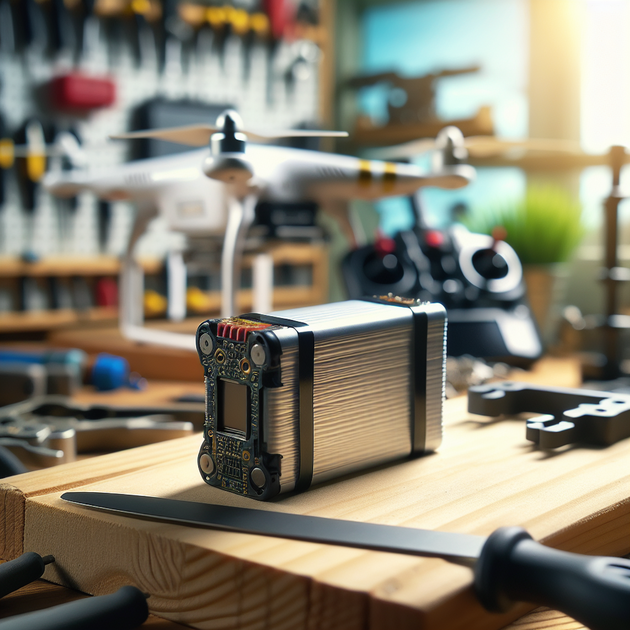Ever noticed some batteries claim sky-high numbers for their discharge rates? The LR 10,000mAh battery from Iflight promises a continuous 250amp (25C) discharge rate—enough to make any drone pilot do a double-take. But is that realistic—and more importantly—is it safe?
What Does “Discharge Rate” Really Mean?
The discharge rate tells you how fast a battery can safely deliver power to your device. For drone enthusiasts and RC hobbyists using something like the LR 10,000mAh Iflight battery, understanding this number is crucial. If a battery says it can handle a continuous 250 amps (or “25C”), it means—on paper—it should be able to power even some seriously demanding drones.
But here’s where things get tricky. Many manufacturers tend to advertise their absolute maximum figures under perfect conditions. Real-world results? They’re often much lower.
Can You Trust the LR 10,000mAh Iflight Battery Specs?
It’s not uncommon to see skepticism around claimed ratings like a 250amp discharge or a charge rate up to 20amps. In fact, in this [Reddit post](https://www.reddit.com/r/diydrones/comments/1nw3nhy/save_discharge_rate_of_this_battery/), user GardenFinal wonders if these numbers are more marketing than reality—and asks if it’s actually safe to run at even just 60amps.
Here’s what matters when looking at these specs:
- Continuous vs. Burst: Continuous ratings are for sustained use; burst ratings are for very short spikes.
- Real-World Use: Most hobbyists rarely push batteries past half their rated max.
- Safety Margin: It’s smart to run batteries below their maximum stated limits.
- Heat Generation: Higher current means more heat—too much can damage cells or even start fires.
- Aging & Wear: High-discharge cycles shorten overall lifespan.
The bottom line? Treat manufacturer specs as optimistic best-cases—especially for high-stress applications like FPV drones.
How Much Can You Safely Discharge?
Most seasoned users will tell you they never push their packs anywhere near those published limits. For example:
- If your setup draws a max of 60amps from a 10,000mAh (10 amp-hour) pack—that’s around 6C (60A/10Ah = 6C).
- This is far safer and more practical than running anywhere close to that “25C” or “250amp” headline rating.
- Batteries run cooler and last longer at these rates.
In other words—it’s perfectly reasonable (and safer) to expect this LR battery to reliably handle around 60amps continuously during normal flight. Anything higher isn’t recommended unless you’ve properly tested the specific pack under load.
Anecdote: Experience from the Field
A friend once bought a similar high-rated lithium pack for his racing drone. The first few flights were fine at moderate draw—but when he tried flying aggressively in hot weather (pulling close to the advertised peak), his voltage sagged badly and one cell puffed up. Lesson learned? He now stays well below half of any manufacturer’s max rating—he’d rather finish every session with cool batteries than risk an expensive fireball!
Troubleshooting & Tips for Safe Battery Use
If you’re using an LR 10,000mAh Iflight or similar high-capacity pack:
- Monitor temps during use: If it’s getting hot to touch after a typical flight or drive—ease off.
- Avoid full-throttle pulls for long periods: Especially in warm weather.
- Balance-charge whenever possible: Keeps all cells healthy and reduces risk of failure.
- Inspect regularly: Look for swelling or voltage drops between cells after flights.
- Don’t believe every number on the label: Trust real-world results and community feedback instead!
The Takeaway: Community Advice Matters Most
Specs can be helpful but experience counts even more—especially when safety is on the line. If you’re unsure about pushing your LR Iflight battery anywhere near its stated limits, play it safe and stick well below them. Community forums like Reddit are full of people sharing honest experiences (like GardenFinal’s question), which can help you avoid expensive mistakes.
So how do you approach manufacturer claims on new batteries—and what’s worked best for keeping your gear flying safely?

Leave a Reply